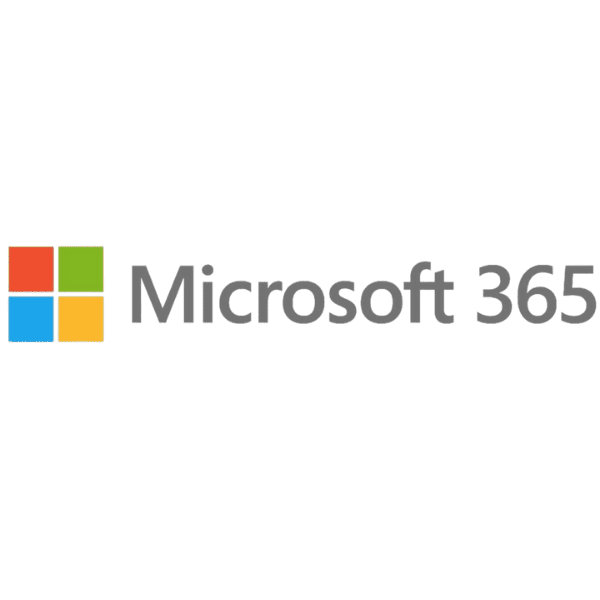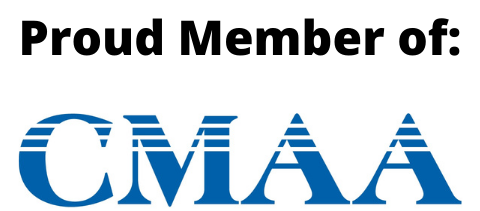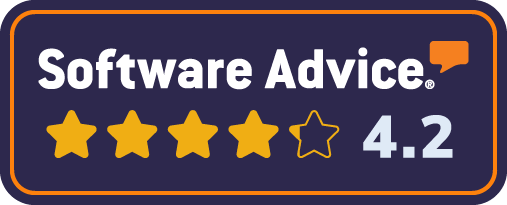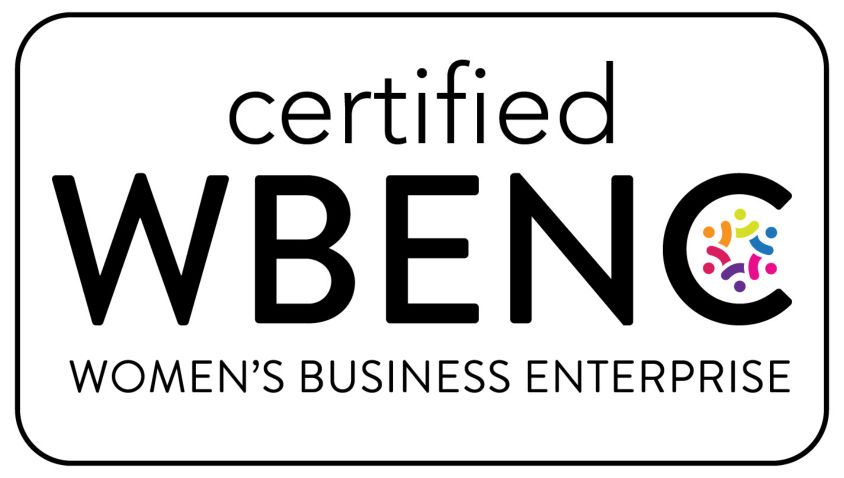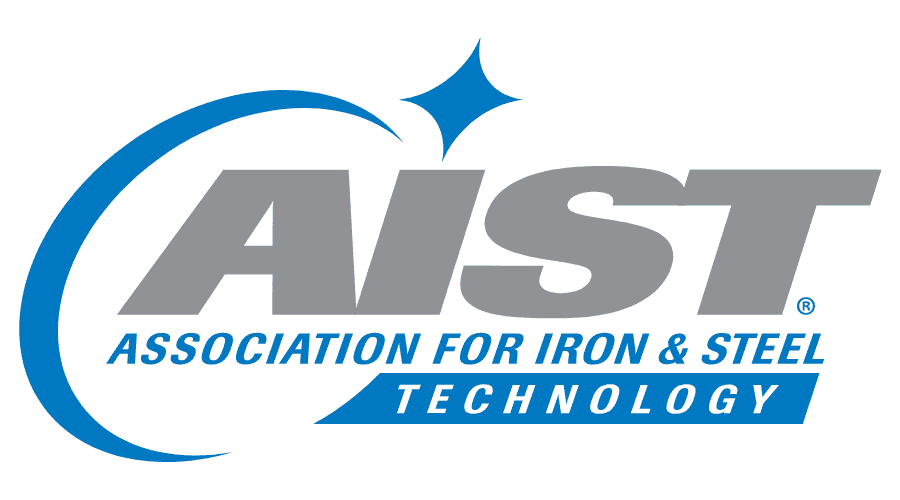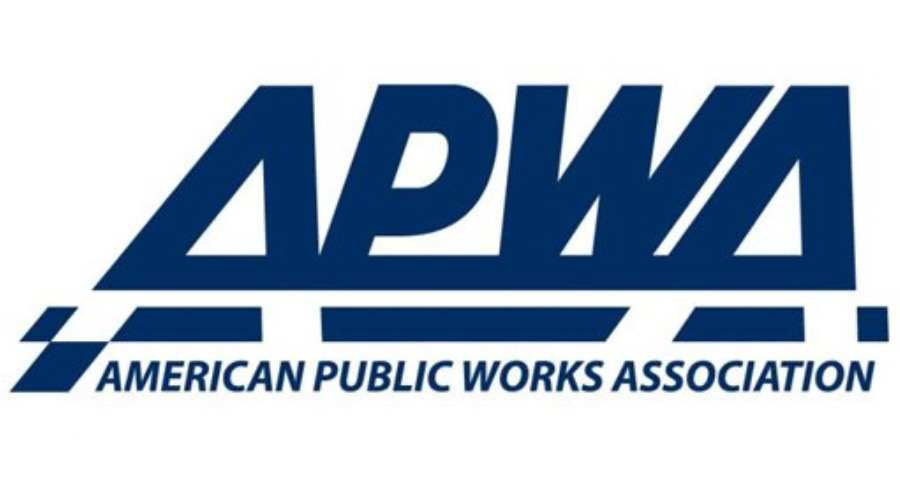How Do You Put a Price on Keeping a Client Happy?
VPO construction project management software has given SIMPLUS, now Anser Advisory, a client interface that has become a valuable sales tool.
VPO construction project management software-and-services solution has given SIMPLUS, now Anser Advisory, a client interface that has become a valuable sales tool.
Challenge:
Streamline documentation management process and reporting by improving the platforms of communication to minimize the time spent on clerical functions and ultimately provide a better service to clients.
Solution:
Implement VPO, including specialized customizations to have the ability to report real-time data.
Results:
- Saved time and money via real-time, cloud-based construction management.
- Gained the ability to roll out implementation quickly and easily.
- Customized project workflows and dashboards.
- Demonstrated value proposition by not having to charge hefty software fees to clients.
Paul Buckley, P.E., was president, CEO and co-founder of Simplus Management Corp., and is now the Senior Vice President and Managing Director of Anser Advisory, which has acquired SIMPLUS. Buckley provides professional program, project, and construction management services to governmental agencies and to architect/engineering/construction firms working on large capital improvement projects throughout southern California.

Anser Advisory specializes in capital program funding, program management, project management, construction management, and executive advisory services nationwide.
Buckley has been providing project and construction management services for multimillion dollar projects for more than 25 years. The contract value on his building, bridge, harbor, roadway, utility, and airport projects can range from $1 million to more than $50 million.
SIMPLUS and Anser Advisory chose VPO.


VPO is a unique construction project management software-and-services solution created by Pittsburgh-based company, The Simplex Group, in 2008. It’s powered by the Microsoft 365 cloud platform, using the same business apps that are universally found in work environments worldwide. Customizable and collaborative, VPO is easy to use, quick to deploy, accessible from any device, and offers reasonable and predictable pricing.
“With VPO, we're more productive,” Buckley said. “We do more with less people, take on more work, and make more money. It’s also been a tool that our clients have embraced, making them more productive.”
Document Management and Reporting Simplified
"Prior to VPO, everything had to be manually scanned. When PDFs were sent to SIMPLUS via Outlook or email, in order to get them into our tracking systems, they had to be printed, scanned and tagged with a unique identifier on that electronic document. Then they were filed in Explorer in a file structure. Reporting of logs didn’t exist. Reports were created manually, which took additional manpower by a dedicated admin.
A People-Time Issue
“VPO is so easy to use and implement that we’ve found that we don’t need to add additional staff on larger projects. VPO helps reduce that need, adds value, and makes us more competitive. We’re doing much more with less people, resulting in higher revenue.” With VPO, project managers are able to do everything completely on their own.
“We used to have one person populating Excel spreadsheets or Word docs in preparation for a meeting. Now we're processing submittals and doing our own reviews. We're updating fields, which are going into the reporting logs. We reduce response times with ball-in-court and due date tracking. Again, it's capturing real-time data that we don't have to collate and present in a different manner. Today, with VPO, there’s no longer a clerical function and reports are automatically generated.
“Our staff is spending much less time on the clerical functions, and they're able to use this as a tool to really get things done and be more productive. It doesn't take their entire day. It's not something that I have to push to an admin, because I’m empowered to do it right while I'm in it. So, it's saving - saving a ton of time and money.”
If it's a small enough project, they don't even need a designated office engineer. Buckley and his senior project managers can to it themselves. On larger projects where they have a lot of different consultants, project phases, submittals, and processes, Buckley just adds another person to the team.
Buckley saves on people costs, but it's much more than just quantifying a single salary. It's the benefit that VPO has to the project, and the value of having important information in real time. “The folks that I report to can be more confident in reporting the data and the current status of projects to their management staff,” he said.
VPO as a Sales Tool
VPO offers enormous benefits to owners, construction managers, and contractors. But from Buckley’s CM perspective, he feels that VPO is most valuable to him because he can provide better service.
“Because VPO has such a usable interface, our clients have easily embraced it. They don't come to me asking me for the information, because they know that they can readily access it themselves. They can get different reports customized to their needs, instead of the ones that I'm generating.
“By teaching our clients how to use VPO, it reduces the need for us to have dedicated personnel supporting the project manager.”
Buckley appreciates that he and his clients can access high-level detailed reports without having to go to somebody to make a request. “I think the transparency and the reporting of real-time data - instead of having to look at a report that was given out at a meeting last Friday - that’s the beauty of VPO. The real-time reporting."
He sees VPO as a sales tool.
"Our clients understand the value of VPO every day on their projects. It makes them feel good about selecting us. You can’t put a price on that.”
VPO for Small and Large Clients
Orange County, CA, one of the largest counties in the country, is an Anser client. They don't have an enterprise solution, and Buckley says they’re thrilled with VPO. “They may come to me at the beginning of a project and say ‘Hey, it would be nice if it could do this or that.’ They love the fact that VPO is so customizable. Contractors that have been required, by contract and by specifications, to use this system, now come back to us at the end of the project and remark how VPO was so easy to use and straightforward. They could get all the information they wanted in real time, so they really like VPO.”
Speed of Implementation
Buckley didn’t have to wait six months to a year before it was rolled out.
"We were able to immediately use it on a project, and then continue to grow with it,” he said.
“We've been able to set up project templates and forums in order to start a new project without signing a new contract with VPO. All my staff knows how to use it. They know what the forms are, so I don't have to start the project anymore. I just point them to the forms, they fill out the information, I send it to you, and everything takes care of itself. It's seamless. It feels like VPO is part of my staff.”
VPO Versus the Competition
What is the biggest advantage Buckley sees VPO having over e-Builder and larger systems like Oracle's Primavera Unifier?
“Other systems out there are enterprise solutions. You have to have a full-time staff person to administer it. An entire IT department has to setup securities, whether it’s one project or 10 projects. Just the cost to implement something like that is astronomical, “Buckley said.
Buckley sees cost, customization, and support as the three major points of differentiation between VPO and the others. “I went to Procore before I found VPO. The cost to roll Procore out on one project was a minimum lump sum payment of $25,000.” And he finds VPO’s customizations invaluable. He doesn’t have to do things Procore or e-Builder’s way. “I can do things the way my customers want them done, instead of the way e-Builder or Unifier wants it to be done.”
When it comes to support, Buckley said that if any tweaks would need to be made to those big-box software products, they would be told that those changes would need to be implemented in the next rollout. “With VPO, we’re doing things our way. We don’t have to adapt our processes.
“VPO administers the system for us, unlike their competition - where you’d need a full-time person to administer it at a $100,000 salary. That doesn’t include the third-party integrator who has to set up workflows. When they leave you’re faced with rolling out projects, custom forms, and reports; training every consultant; continuing to update, maintain and monitor the data; and resolving issues.
“One of our clients uses Unifier. They have one $100,000 full-time person that sits there and does nothing but maintain that system. Recently, I received a task request from our client to see if I had a person that knew Unifier to supplement their full-time person who was overwhelmed.
“Do the math: my client has to employ a temp over a 12-month period. So it's $100,000, plus $50,000 for the temp to ensure that their system is maintained. When they put in a support request to Unifier, there’s no assurance that it's going to get resolved - because it's not a priority. Let’s face it: Unifier doesn’t want to do a custom application or a custom tweak just for you, because they need to see the benefit systemwide.
“Conversely, I've been able to come to VPO and request a customization for a client. VPO can roll it out in no time, without affecting anything else that we’ve been doing. How do you put a price on keeping a client happy?"
What are Buckley’s thoughts on this VPO pricing model, versus a Procore model which is based on the value of the projects and/or construction volume underway?
Buckley walked away from Procore for that very reason--because of their pricing model. As a construction manager, he’s required to not only perform construction management, but also to offer and implement a software solution to the client for that specific project, passing on the cost to the client.
“Now I don't have to pass the cost on to my client, because VPO is part of my cost of doing business.” Because the price is based on the number of users, he knows exactly what his spend is.
“It goes back to the value proposition. With VPO, I can demonstrate just how efficient my staff and I are at administering their projects without charging them. They don’t see an additional line item on their invoice. It puts me at a competitive advantage when I’m up against another firm--knowing that they may have to charge an additional $25,000 software fee for that project.”
Want to hear more from Paul & Anser Advisory? Check out their webinar: Optimizing Client Experience While Maximizing Construction Manager ROI: An Anser Advisory Success Story
